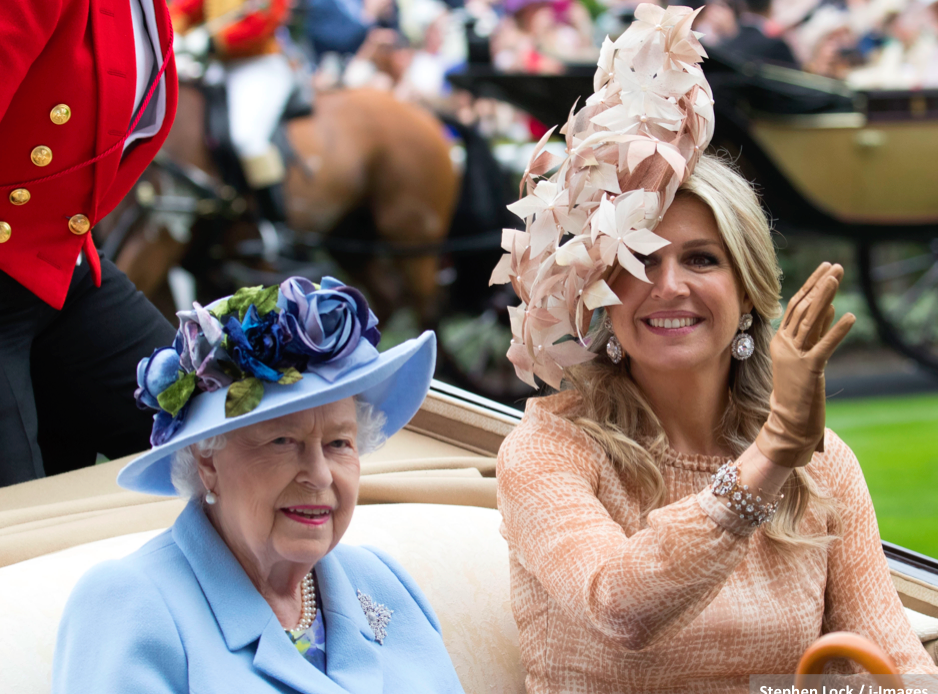
Royal Ascot 2023 is about to get underway, with Royal Central reporting live from the Berkshire course for the duration of the event.
There’s a chance that you’ll be seeing some confusing racing language over the next five days, so here’s a helpful jargon buster.
Allowance – Inexperienced riders, such as apprentices, are entitled to claim a reduction in the amount of weight they will carry during a race. This is to compensate for their lack of experience, and the allowance will reduce as they ride more winners.
Apprentice – A trainee flat jockey who is entitled to claim an allowance during races.
Best turned out – Each race will have the winner of the best turned out award – the horse judged to be the best looking as they parade ahead of the race. The winning groom usually received a cash prize.
Black type – If a horse wins or is placed 2nd or 3rd in a pattern race (Group and Listed races) they will have earned black type. The more black type they have by doing well in these high quality races, the better their breeding prospects become.
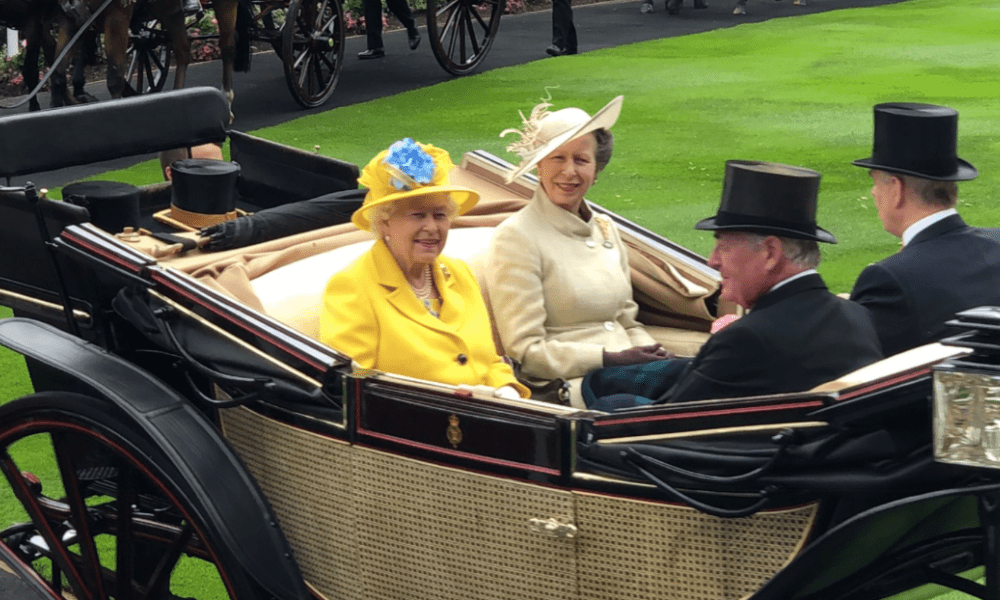
Blinkers – A piece of equipment horses can wear before and during a race which consists of a hood with cups around the eyes. This is to limit the horse’s vision and to help them concentrate on the job at hand.
Cheekpieces – Another piece of equipment that is fitted to the horse’s race, again limiting vision from behind helping them to concentrate.
Colours – Every owner has different racing colours (or silks) which the jockeys wear during a race. The King & Queen’s colours are scarlet and purple with gold braids and a black cap.
Colt – A male horse under the age of five who has not been gelded (castrated).
Connections – The people connected to a horse, such as owners and trainers.
Draw – In flat racing, starting stalls are used so ensure every horse has a fair and even break. Sometimes there is an advantage to being drawn lower than higher, and vice versus. It depends on the track and the going.
Dam – A horse’s mother.
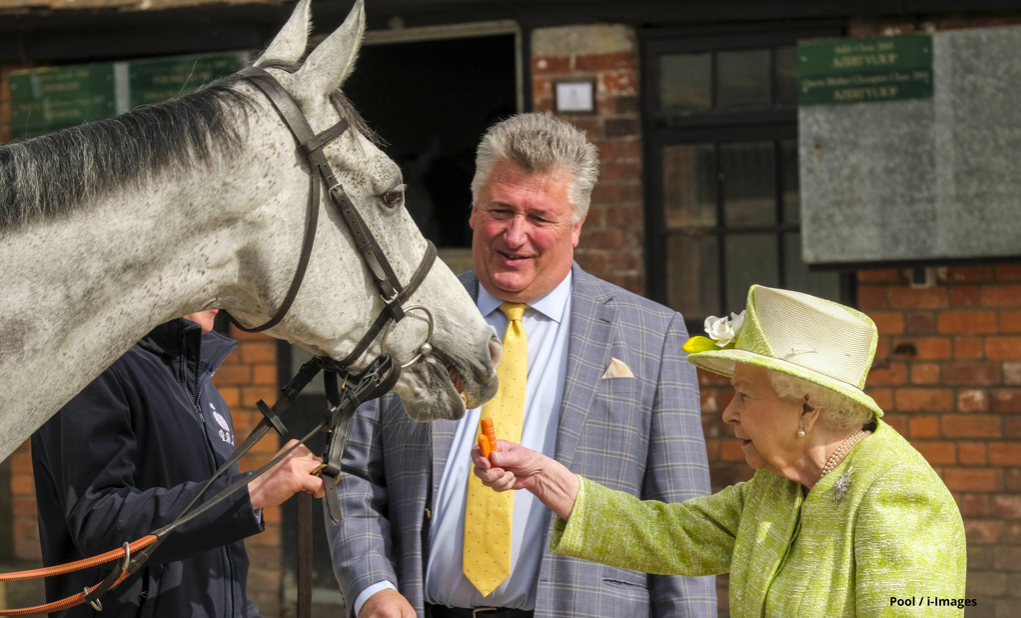
Entire – A male horse over the age of five who has not been gelded (castrated).
Filly – A female horse under the age of five.
Furlong – Races in the UK are measured in furlongs. There are eight furlongs in a mile, with each furlong measuring 220 yards. During races you will see posts at the side of the racecourse with a number on, denoting how many furlongs the runners have to travel before the end of the race.
Gelding – A male horse who has been castrated.
Going – The going description is used to make people aware what condition the racetrack is in. This ranges from heavy to firm – heavy being used when the ground is very soft, usually after rainfall.
Green – If a horse is said to have raced green, it means they have shown signs of immaturity and inexperience.
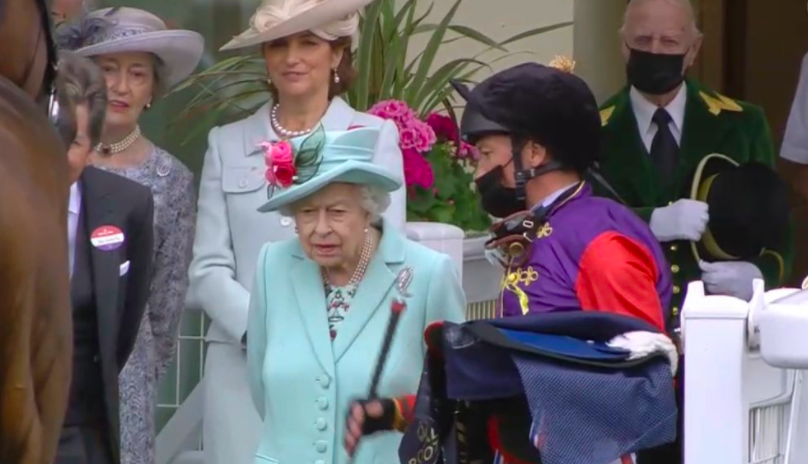
Group 1 Race – The most prestigious of flat races. Group 1 races are very limited in number, with a place in the history book guaranteed for any winners. There are a number of Group 1 races held at Royal Ascot. Also look out for Group 2 and Group 3 races, which are slightly down the pecking order, but are still extremely valuable.
Guineas – Racehorses are often bought and sold at auction in guineas which equates to one pound and one shilling (£1.05 in decimal currency). For example if a horse cost 100,000 Guineas at auction, thru actually cost £105,000.
Handicap – A race where each horse is allotted a different weight to carry. This is decided on the level of ability a horse is deemed to have according to the official handicap ratings.
Juvenile – A two-year-old horse
Listed race – One step down from a Group 3 race, but still highly valuable and sought black type on offer.
Maiden – A horse who has yet to win a race.
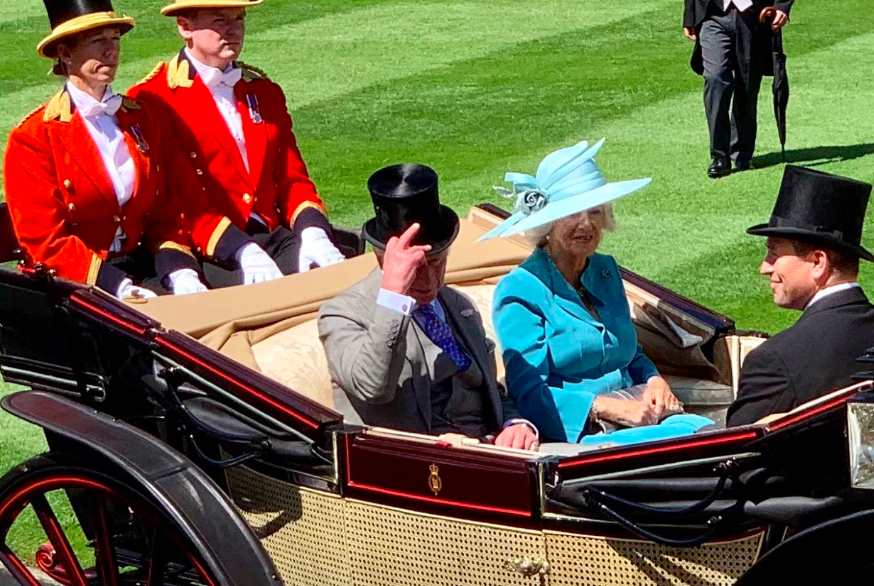
Mare – A female horse aged five or over.
Non runner – A horse rust was due to run in a race, but has been withdrawn. Horses can become non-runners for a variety of reasons, such as a change in the going, lameness or travel issues.
Odds on – A well fancied favourite in a race where the potential winnings of a successful bet is lower than the amount stakes by the punter.
Parade Ring – Before a race, horses parade for the racegoers in the parade ring (also known as the paddock). Here, people get to see with their own eyes how a horse is looking before a race, and connections are afforded the opportunity to speak to their jockey and see their horse.
Pre-Parade Ring – Before entering the parade ring, horses will arrive in the pre-parade ring from the stables. Here, they will be saddled up and equipment will be applied. Often much less busy than the parade ring, and offers racegoers the chance to see the horses up close and personal.
Racecard – Your document for the day which contains details of all of the day’s races and runners. Racecards at Royal Ascot cost £7 and are available to purchase across the racecourse.
Royal Enclosure – The most exclusive enclosure at Royal Ascot, limited only to members and their guests. To become a member and gain access, you must be sponsored by at least two existing members.
Sire – A horse’s dad.
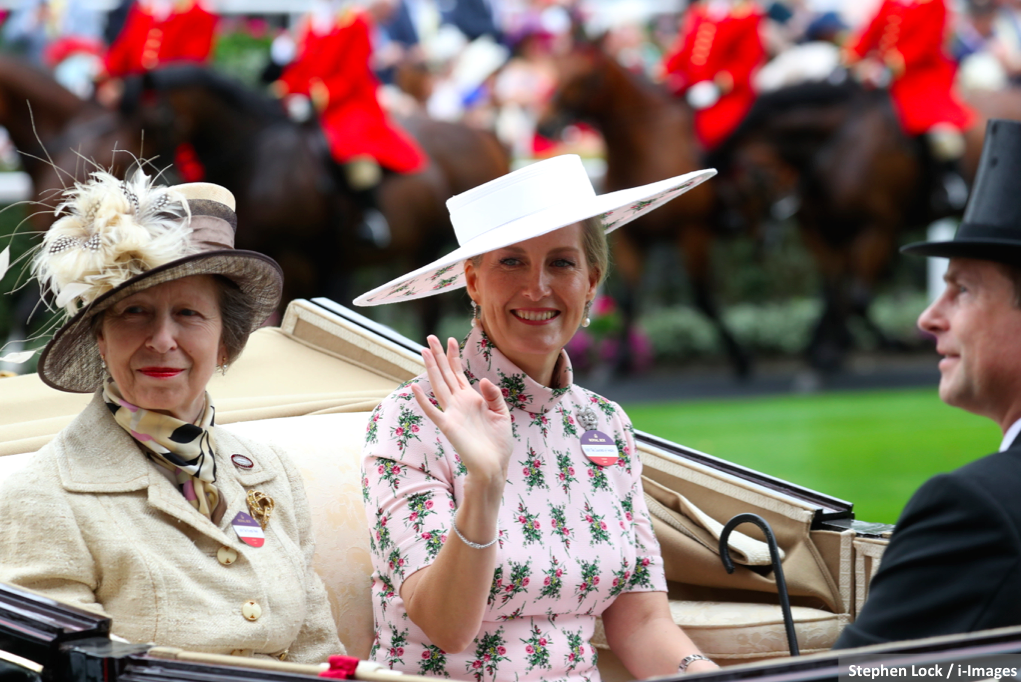
Sprinter – Horses who compete at the minimum race distances (5 and 6 furlongs). Sprinters are often much more compact horses, with the big sprint race being the King’s Stand Stakes on Tuesday.
Starting Price – Also known as the SP, this is the odds that a horse will go off at when the race gets underway.
Stayer – A horse that specialises in running over longer distances (over two miles).
Steward – A steward is an official in charge of the race meeting. They will deal with all disciplinary matters, and have the powers to re-examine a race, and if needs be, amend a result in the interest of fairness.
Tongue tie – A small piece of material tied around a horse’s tongue and lower jaw. This is to keep it from swallowing its tongue and to help with breathing.
Unsaddling area – Horses who are unplaced in a race will head to the unsaddling area. Here, they are doused in water and walk in front of giant fans to cool down.
Visor – These are not too dissimilar to blinkers, however visors come with a slit in the eye cup to allow some lateral vision.
Weighing in/out – It is important that every horse is carrying the correct amount of weight in a race. Before heading out to meet their horse, the jockeys must stand on some scales with all of their equipment. Likewise, they need to weigh back in again before the result is official, ensuring their are no weight discrepancies.
Won on the bridle – When a horse wins a race easily without being seriously challenged by any other competitor.

